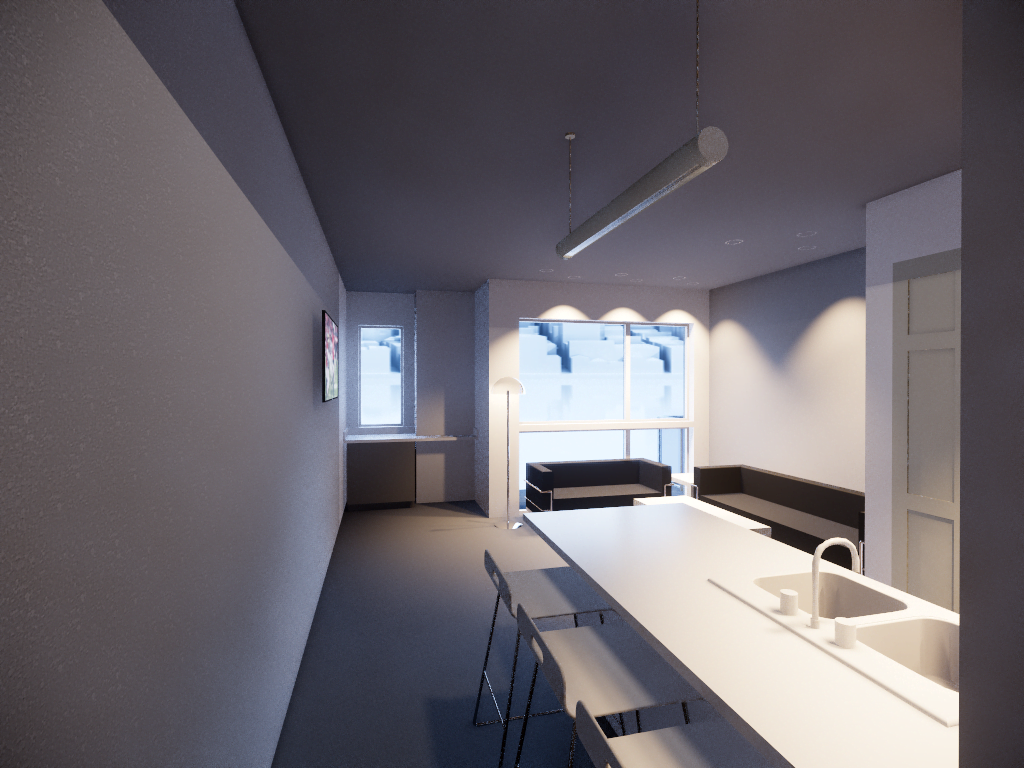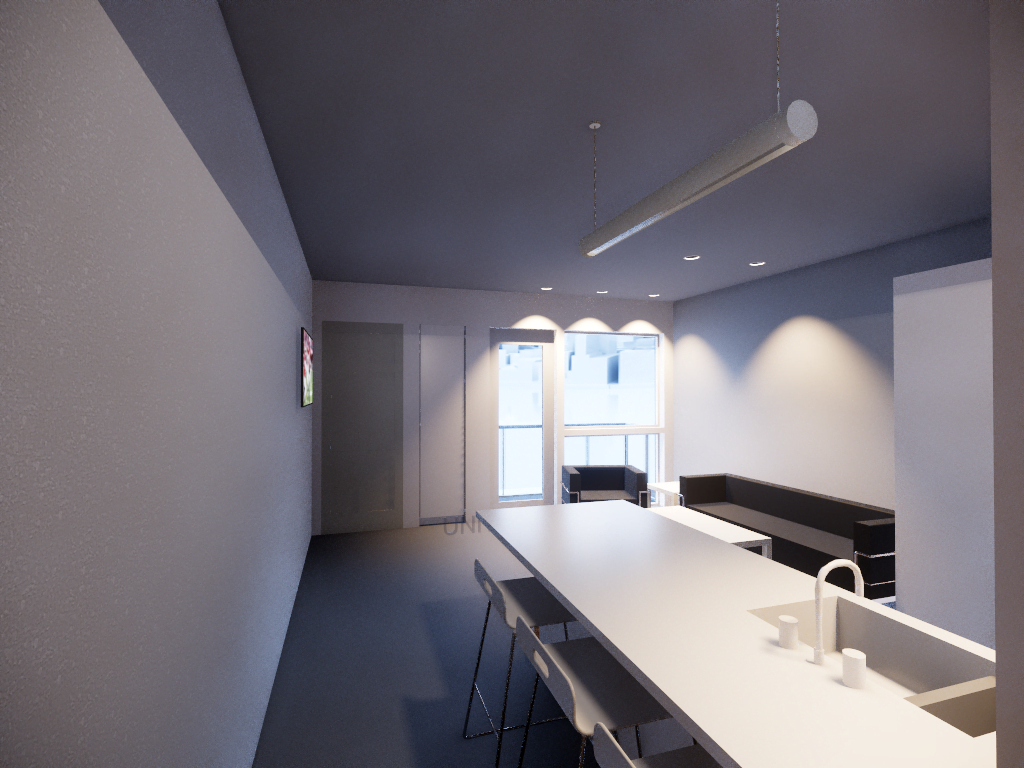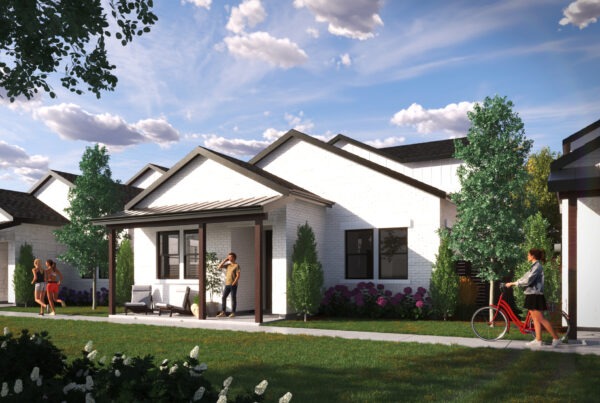By: Jake Kozlowski
Virtual Reality. It is the latest technology for visualizing a digital version of something as if it was real and right in front of you. At KEPHART, we are using Virtual Reality (VR) as a tool to further us in the design process. Once we produce the drawings required for the construction of a building, we can render them in 3D to explore them virtually. With the press of a button, a designer can instantly be transported into the space that was just designed in the model, which gives us the insight into the space like never before.
When looking at a floor plan on paper or even in 3D on a computer screen, it is easy to be convinced that a design will be okay. Once you put on a VR headset is on and are standing in the space looking around, there is no longer any doubt. Flaws, even small ones, jump out immediately. What looks like plenty of space in plan can feel constricted in the virtual world. Using this tool, we can then redesign to improve the space.
VR is also a valuable tool for our clients, as they can experience the units or an amenity space prior to construction. This is a huge benefit over walking a building during buildout, at which point it is often too late and too costly to make big changes. With virtual reality, we can also try out different designs by preparing various versions of a plan to walkthrough.
VR is especially helpful to get the experience of what people will see when they walk through the front door of the clubhouse or their residence. We had a recent experience where we were trying to decide with the client whether to put a window in line with the entry hall of the studio or place the water heater in that location to save space. It was immediately apparent in VR that the window option was the way to go due to the quality of light. Walking the unit in VR gave our client experiential data to justify adding the windows to the project budget. In the end, the unit’s design is improved and the end user’s experience will be better. This was all decided before a single permit was issued.
Virtual reality technology is in its infancy, but looks to explode in the coming years. Headsets will get higher resolutions, become lighter, and will work wirelessly to make the VR experience even more seamless. We are keeping our finger on the pulse of this technology because we see it as an invaluable design tool that will help us make the spaces we design more compelling and bring great value to us, our clients, and the end users.








